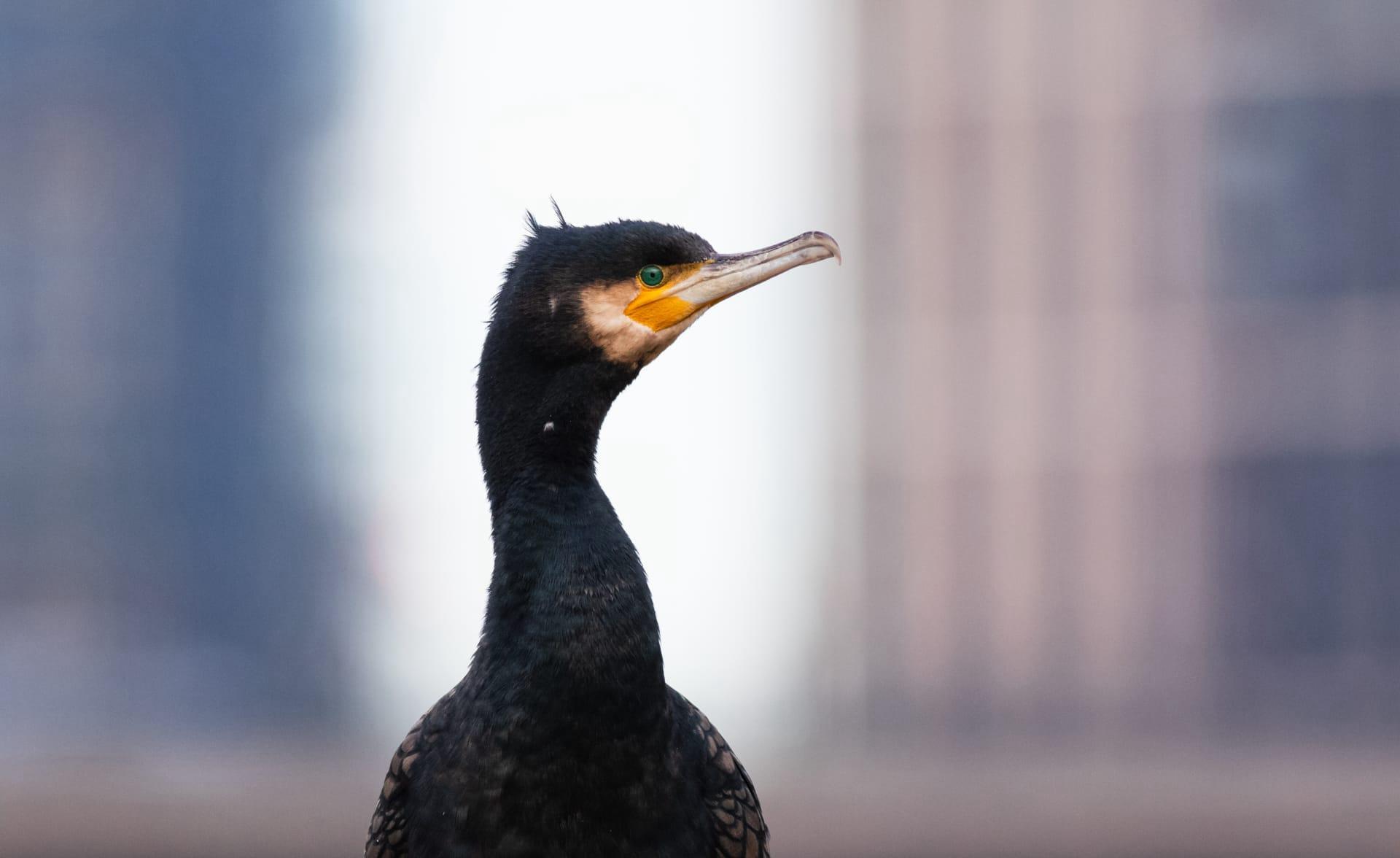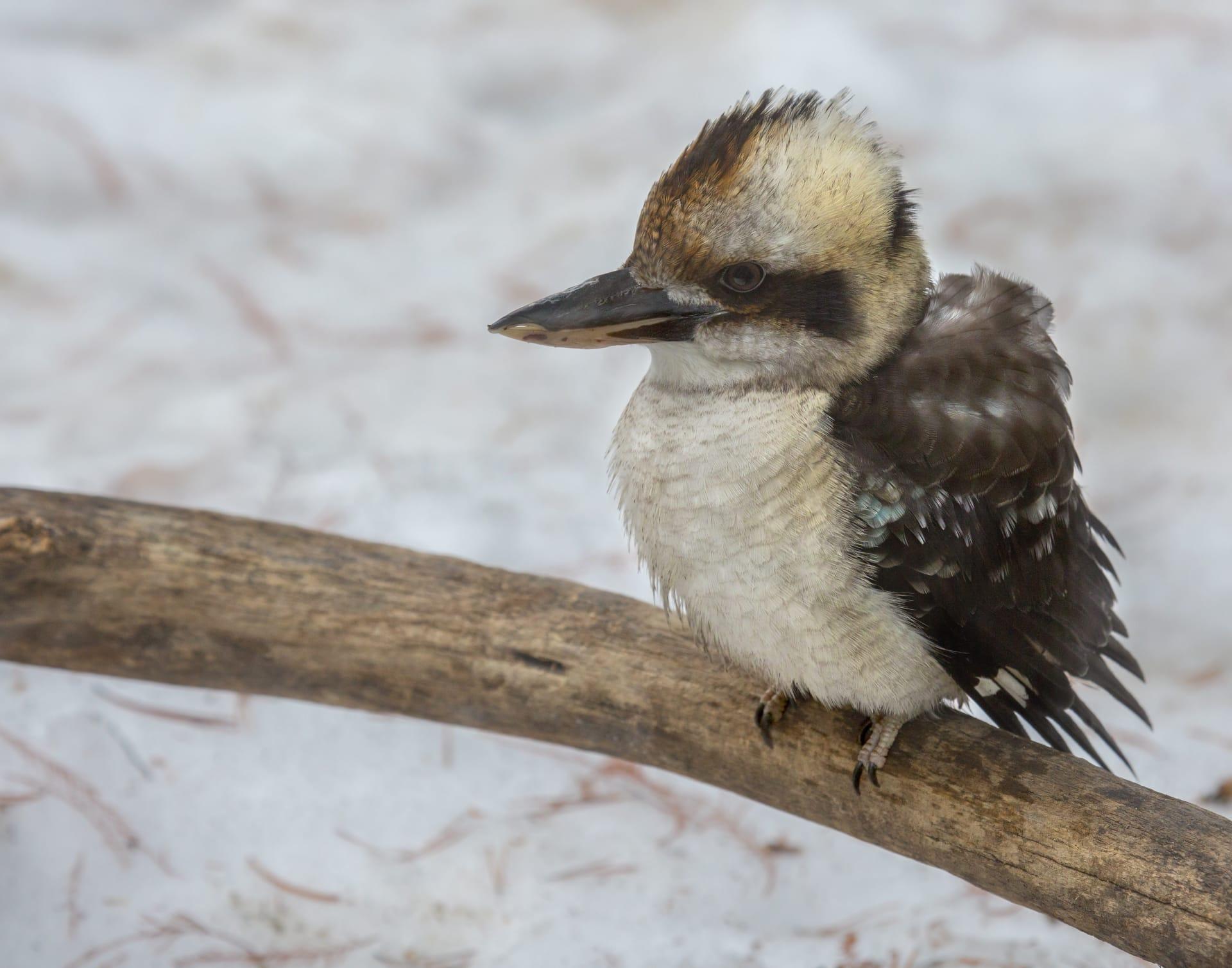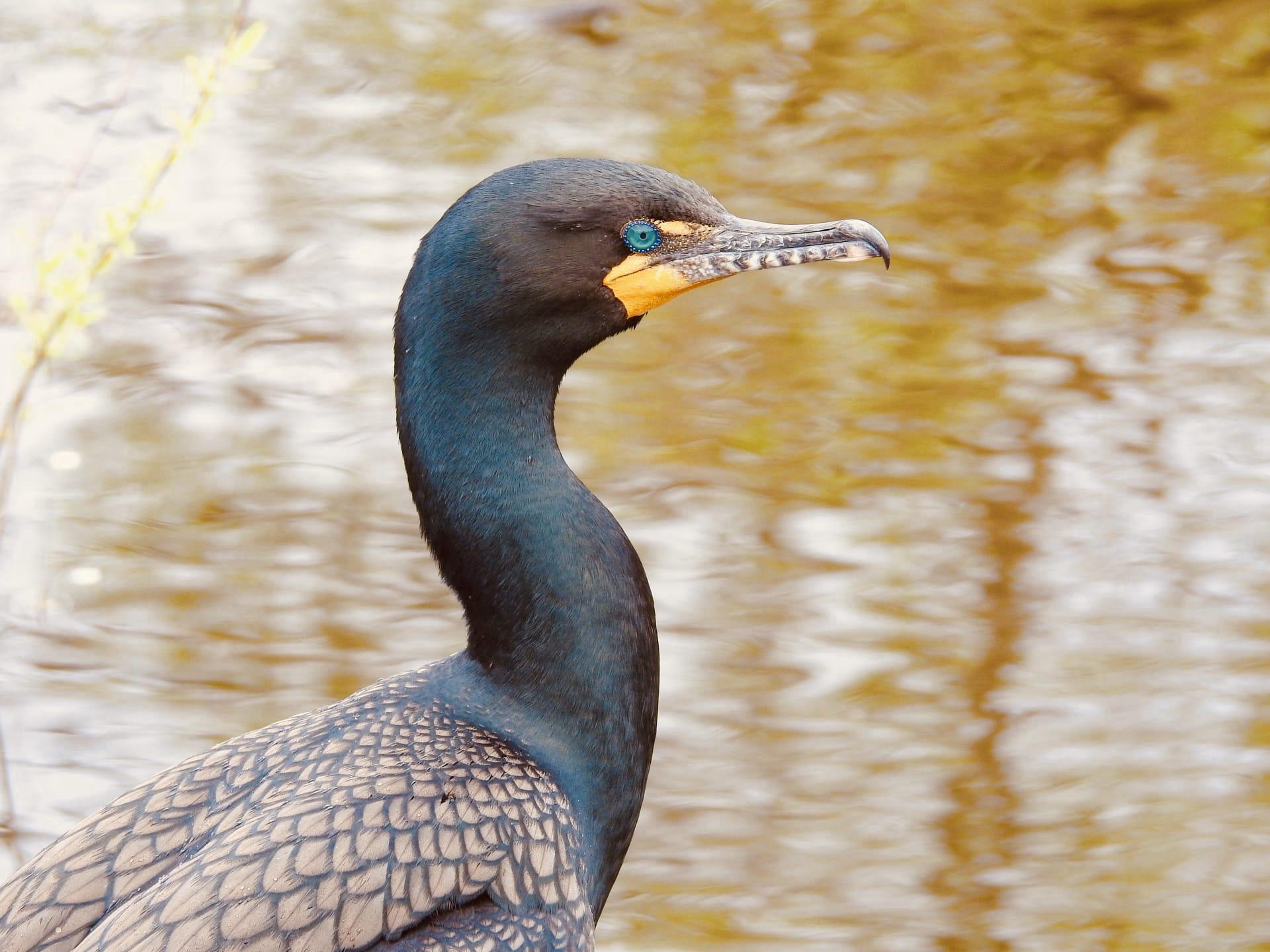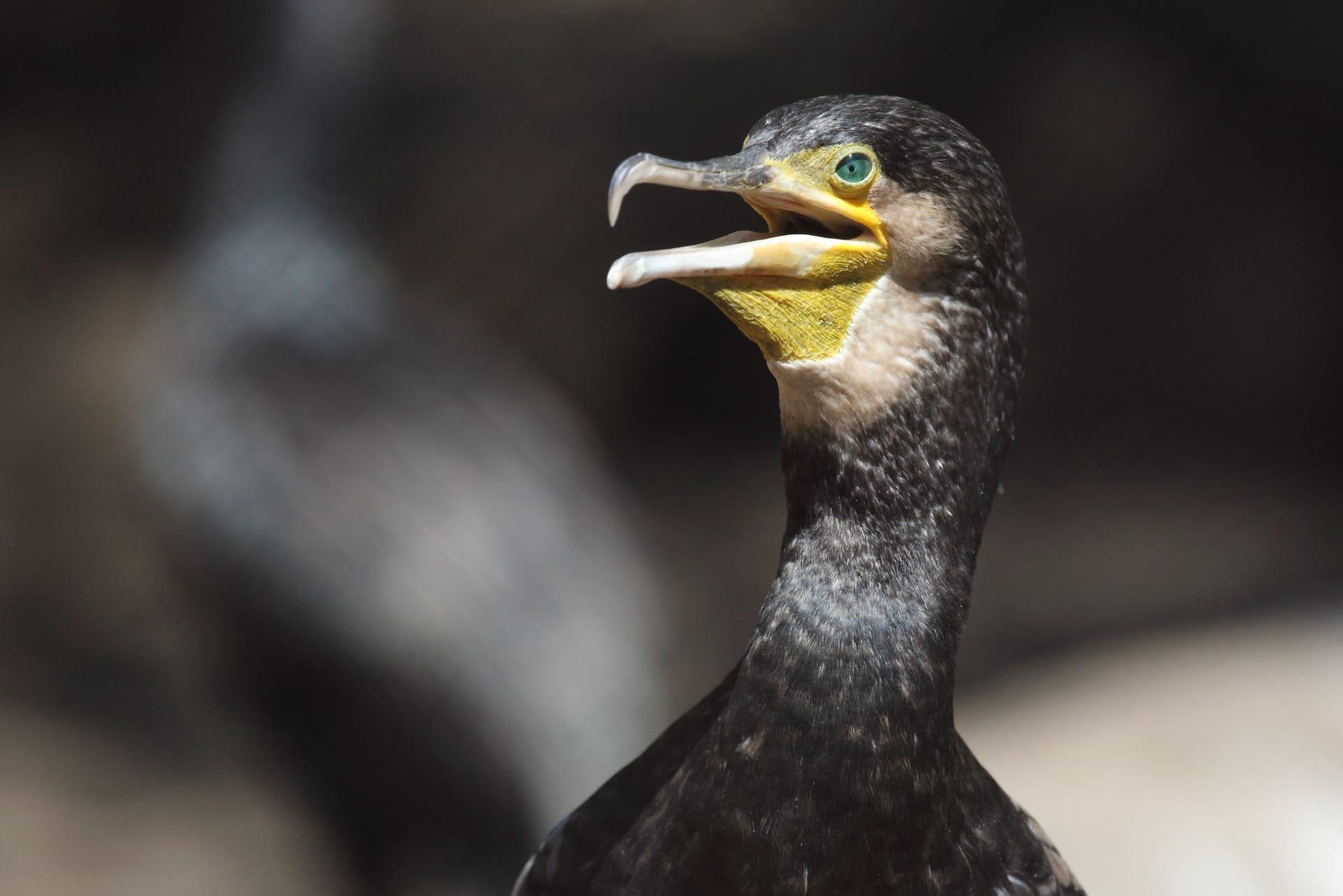Cormorant Characteristics
- Home /
- Mini Encyclopedia /
- Animal /
- Cormorant Characteristics
1
Cormorants, fascinating birds found worldwide, exhibit unique physiological features. Generally, these birds boast a size ranging from 18 to 40 inches in length, with a wingspan extending up to 40 inches. Their lifespan in the wild averages around 6 to 15 years, though some individuals can live up to 20 years under optimal conditions. The most remarkable feature of cormorants is their water-resistant feathers. Unlike most water birds, cormorants have less preen oil on their feathers, making them less buoyant and better divers.
This unique adaptation in their feathers allows cormorants to dive effortlessly, reaching depths of up to 45 meters. Their ability to sink quickly and swim underwater with agility aids in hunting. As they dive, water permeates their feathers, reducing buoyancy, which enables them to stay submerged longer and chase fish with remarkable efficiency. Once they resurface, you'll often see them with wings outstretched, drying their feathers in the sun, a behavior distinctive to cormorants.

2
Question: Why do cormorants often stand with wings outstretched?
Answer: Cormorants display this behavior to dry their feathers. Unlike most aquatic birds, cormorants have feathers that get wetter while diving. This adaptation helps them dive deeper and swim better underwater. However, once they resurface, their wet feathers can become heavy and hinder flight. To dry off, they extend their wings, allowing the air and sun to dry their feathers more efficiently. This iconic posture, often seen on rocks near water bodies, is essential for maintaining their ability to fly effectively.

3
Cormorants are excellent swimmers, both on the surface and underwater. Their webbed feet and powerful legs propel them through water with speed and agility. These birds are known for their impressive diving skills, often plunging from the surface to chase after fish. Their streamlined bodies enable them to move swiftly, minimizing water resistance.
When it comes to hunting, cormorants are adept predators. They primarily feed on fish, which they catch with their long, hook-tipped beaks. A typical hunting session involves diving from the surface, chasing the prey underwater, and grabbing it with their beak. Their diet can vary based on their habitat but generally includes small to medium-sized fish. The efficiency of their hunting technique is a testament to their adaptation to an aquatic lifestyle.

4
Cormorants are found in diverse environments, ranging from coastal areas to inland waters. They thrive in habitats with ample fish supply, including rivers, lakes, marshes, and seas. These birds prefer areas with calm waters for easier fishing and roosting on trees or cliffs near water bodies.
In terms of reproduction, cormorants are colonial nesters, often building nests in groups on cliffs or trees near water. The nests are constructed with sticks and seaweed. Breeding season varies depending on the species and location, but generally involves elaborate courtship displays. Females usually lay 3 to 4 eggs, and both parents are involved in incubation and feeding the chicks. The young cormorants fledge in about 5 to 6 weeks, learning to swim and fish soon after.

5
Book: "The Secret Life of Cormorants" by Jonathan Green (United Kingdom, 2010) - This book delves into the intriguing world of cormorants, exploring their unique adaptations and behaviors. Green's narrative combines personal observations with scientific insights, providing a comprehensive view of these birds' lives.
Book: "Cormorants: Nature's Champion Divers" by Emily Patterson (Canada, 2015) - Patterson's book focuses on the incredible diving abilities of cormorants. Through detailed research and captivating storytelling, the author unveils the physiological and behavioral aspects that make cormorants extraordinary divers and efficient hunters.